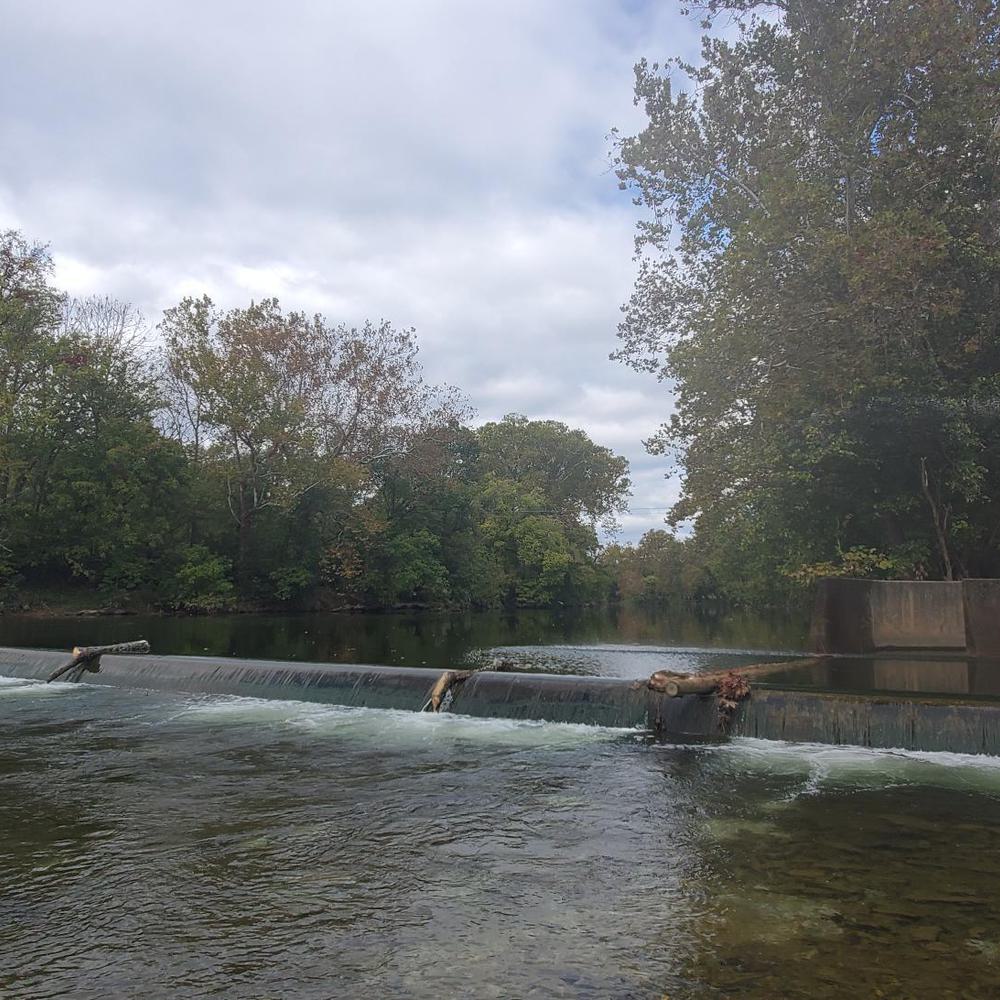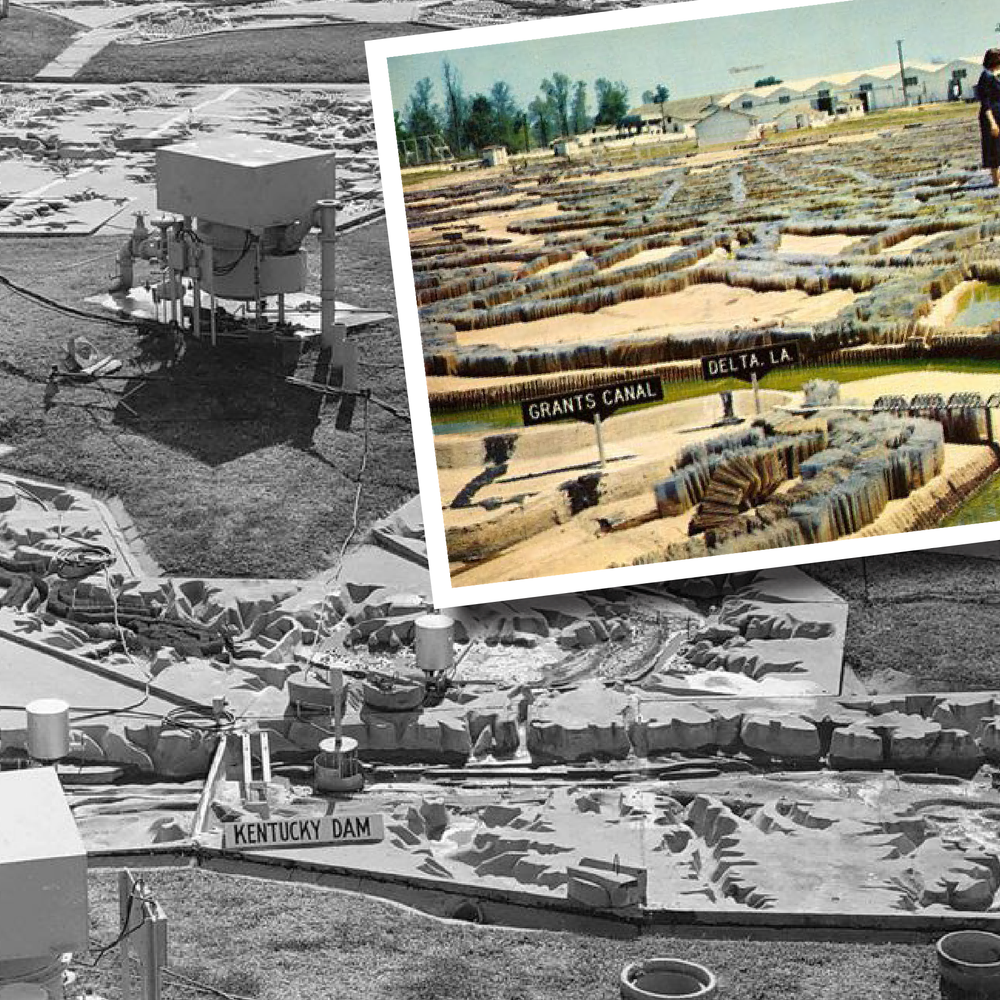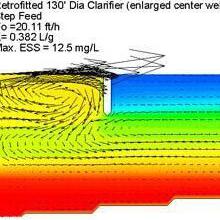A Model of Lasting Value
As part of New York City’s effort to upgrade and maintain its vast water supply infrastructure, Hazen and Sawyer is leading planning, design, and construction of a new low-level outlet for Schoharie Reservoir, whose 17 billion gallons of storage provides approximately 15% of the City’s supply.
The project required rigorous coordination between top experts in water resources management and water infrastructure facilities design, harnessing their modeling experience, tools, and understanding to establish design criteria, identify ideal design solutions, and deliver a project that will stand the test of time.
Project Challenges
The primary design objectives for the low-level outlet (LLO) were to provide a means to lower the Schoharie Reservoir’s water level in response to a dam safety emergency, and to maintain the reservoir at a low water level during inflow conditions that occur at various times during a given year. Although these design objectives appear straightforward, many challenges had to be overcome, including establishing the appropriate design criteria as regulatory guidance was limited, the presence of deep rock stability anchors that limited the ability to go below or through the concrete dam, and the requirement for the reservoir to remain in service during construction. To address this complexity, Hazen employed modeling tools that drove and informed both the planning and detailed design phases. Innovative modeling was used to establish the outlet capacity, tunnel diameter, and other key criteria used to define the LLO’s ability to release the required flows from the reservoir. As the design progressed, additional modeling was used to inform and optimize the final design.
The project’s most challenging features include:
- New intake at the bottom of 150-foot-deep reservoir.
- 2,140 linear feet of new 9-foot tunnel constructed through hard rock and mixed face conditions.
- 185-foot deep gate shaft, housing two 9’ x 9’ gates.
- A valve chamber housing control and isolation valves and flow transition facilities.

Project Background
Approximately 90 percent of NYC’s water supply is delivered from upstate reservoirs via gravity. Dams, LLOs, and other release methods largely control levels and flow. Like many other communities, NYC understands the need to continually reassess its reservoirs to provide a safe and reliable water supply. The Gilboa Dam impounds the Schoharie Reservoir and is undergoing a $400M improvement program to ensure reliable operation for generations to come. As part of that program, a new Low-Level Outlet (LLO) was required to release water into Schoharie Creek.

The release will give NYCDEP the ability to release water downstream of the reservoir into Schoharie Creek to facilitate dam maintenance, respond to potential emergencies, mitigate flood risk for downstream communities, and enhance downstream habitat for fish and wildlife.
Hazen and Sawyer (in a joint venture) has provided engineering services for all aspects of the improvement program including stability anchoring of the dam and subsequent rehabilitation of the spillway, site stability improvements and rehabilitation of the Shandaken Tunnel Intake Chamber. The LLO represents a $142M water resources project, scheduled to be completed in 2020, that required significant modeling expertise to inform innovative design work, producing a successful solution to an unconventional situation.
Establishing Site-Specific Design Criteria
The regulatory framework consisted of the requirements and agency guidelines that influence the drawdown procedures for the Schoharie Reservoir. New York State Department of Environmental Conservation (NYSDEC) has regulatory authority over the planned reconstruction improvements at Gilboa Dam.
Literature review revealed that reservoir drawdown criteria found in the NYSDEC guidelines would require much higher evacuation rates than those in other federal design standards and guidelines.
Hazen demonstrated that DEC’s rate could create potential failure of slopes along the reservoir perimeter. As such, it was concluded that the more reasonable drawdown guideline for Gilboa Dam would be one similar to that used by the US Army Corps of Engineers (USACE), and the US Bureau of Reclamation (USBR), with appropriate adjustments for the site-specific characteristics of Gilboa Dam and the Schoharie Reservoir.
Operational and design criteria recommended and adopted:
- Capacity to evacuate 90% of the reservoir storage volume under average inflow conditions in four months or less.
- Capacity to maintain the reservoir at a water level which represents 10 percent of the original storage volume.
- Maximum daily drawdown rates of 1 to 2 feet per day unless higher rates are deemed to be required by extreme emergencies.
Developing Tunnel Alternatives
Hazen’s water resources management expertise and innovative use of modeling tools helped identify, develop, and evaluate alternatives for the new LLO that kept the reservoir in service and did not go below nor through the dam.


Innovative Modeling Use
Hazen used a combination of reservoir system modeling, hydraulic modeling, computational fluid dynamics modeling, and a scaled physical model of the discharge to Schoharie Creek to establish design criteria and define the basis of design.
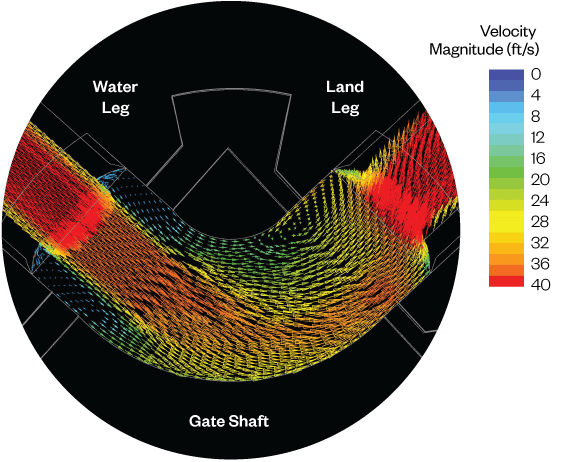
Computerized Fluid Dynamics (CFD) and surge conditions in the new tunnel and shaft
Extensive peer reviews resulted in concerns for the introduction of air into the Land Leg tunnel during operation at high flows which could result in water hammer or a shock wave. Simulations using KYPIPE’s surge program were conducted to evaluate this worst-case condition. Results of the CFD modeling led to a modification of the gate shaft invert and the creation of a smooth radius within the gate shaft.

Hydraulic modeling to evaluate varying operating conditions related to snowpack management and environmental conservation releases
The team used OST to define the operating criteria to manage reservoir levels for snowpack offset management and for environmental conservation low flow releases to support downstream habitat. Although the LLO was designed to be able to release up to 2,400 cfs to lower the reservoir in an emergency condition, the operation modeling defined the sizing and capacity of the LLO’s smaller release valves needed to achieve the much more regular seasonal releases.
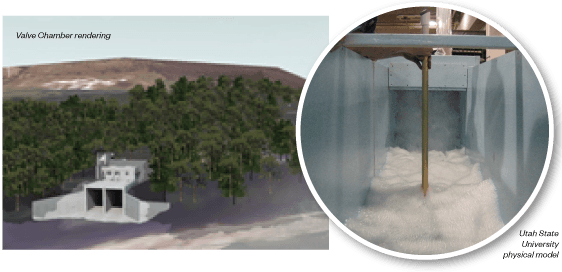
Physical modeling used to simulate flow velocity into schoharie creek
The flow transition from the LLO’s release facilities to Schoharie Creek presented one of the design’s most unique challenges. The potential energy at the end of the release works exceeded 25,000 HP with flow velocities under maximum release conditions in excess of 35 feet per second. Schoharie Creek is totally dry during certain periods of the year, exacerbating the challenge for transition of LLO flows to the creek without erosion.
Utah State University developed a physical hydraulic model of the proposed release works for the LLO and the approach piping.
During modeling, the water flow rate, air flow rate, upstream pipe pressure, valve opening, and velocities in the downstream channel were measured and recorded. The physical model findings were used in the detailed design to ensure acceptable velocity limits under any of the creek’s low flow conditions.
Microtunnel Boring Machine with Underwater Recovery Project—One of Largest in United States
Hazen’s modeling was used to determine design criteria, to determine an alternative tunnel route to create the LLO, and then to create designs that met the criteria. The final route, consisting of a “Water Leg” and a “Land Leg” almost 200 feet underground, had to be constructed all while the reservoir was still in use. An unmanned, 9.5-foot Microtunnel Boring Machine (MTBM) was sent down a 185-foot shaft to build those “legs” and connect the bottom of Schoharie Reservoir to the new LLO. Once finished, it will be pulled from its place underwater at the bottom of the reservoir and become one of the largest MTBM projects requiring “wet retrieval” ever accomplished.
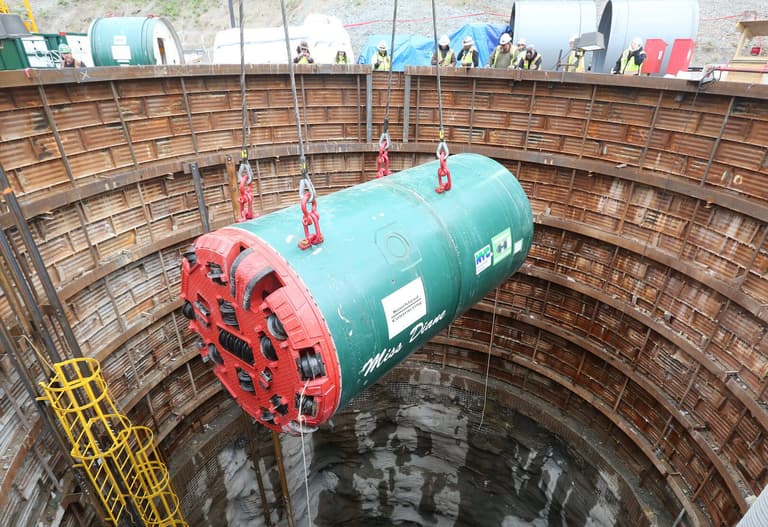
An unmanned, 9.5-foot Microtunnel Boring Machine (MTBM) was sent down a 185-foot shaft to build those “legs” and connect the bottom of Schoharie Reservoir to the new LLO.
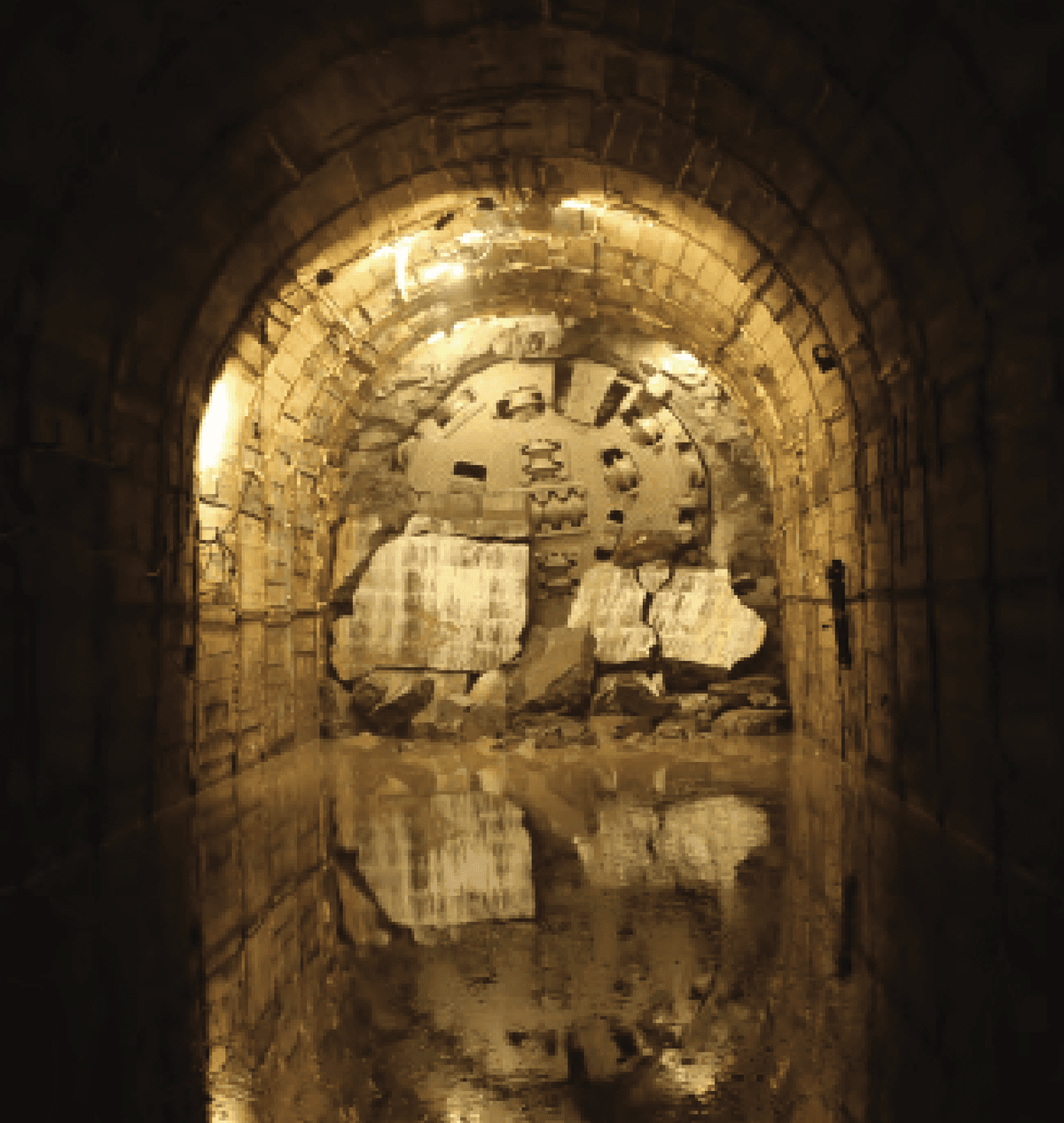
The Future of Gilboa Dam and NYC’s Water System
The LLO includes a new intake at the bottom of a 150-foot deep reservoir, 2,140 linear feet of a 9-foot-diameter tunnel located under the reservoir and around the existing dam, a deep gate shaft, and a new flow control valve chamber located at its downstream end. It is comprised of 1-3/8” thick steel pipe advanced through extremely hard rock (35,000 psi) as well as mixed face and soft ground conditions, at depths that exceed 175 feet. The gate shaft facilitates the tunnel construction and houses two 9’ x 9’ gates for tunnel dewatering and long-term maintenance. The flow control valve chamber houses fixed cone valves that control large releases, large bonneted knife gate valves for isolation, flow meters, and valves that provide a means for conservation releases.
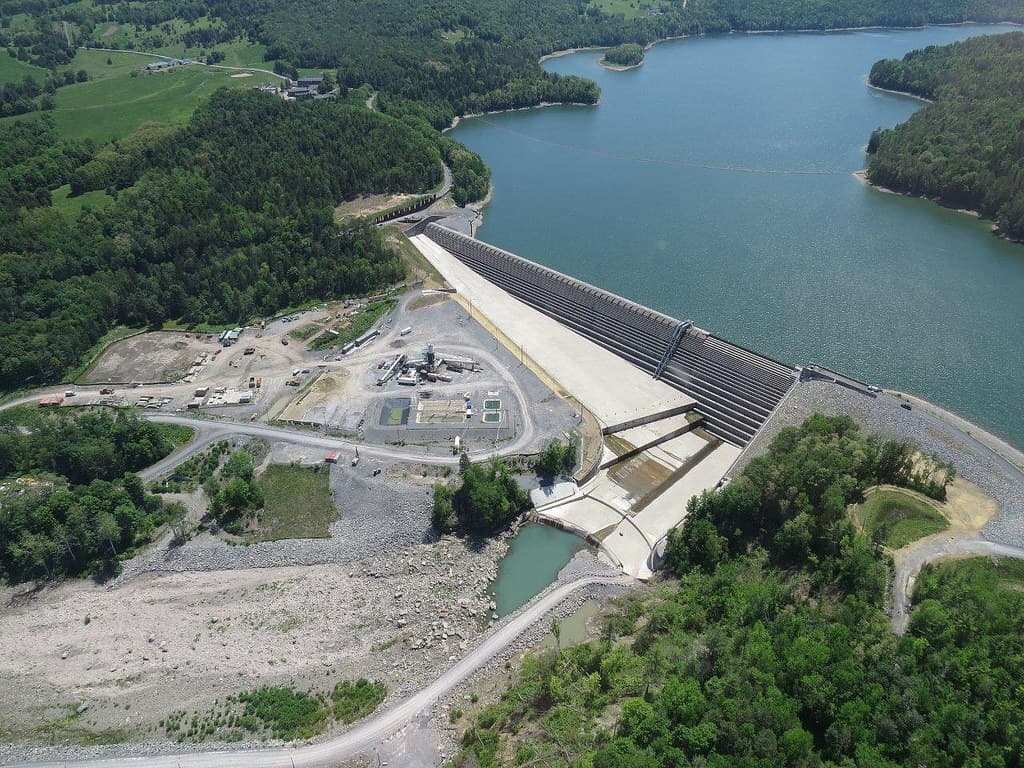
Gilboa’s new LLO will control flow and energy dissipation from the Dam to downstream Schoharie Creek for up to 2,400 cubic feet of water per second — one and a half times the amount of drinking water used in NYC each day.
The $142 Million construction is scheduled to be completed in 2020. Although one part of a larger program to strengthen Gilboa Dam, the LLO will provide the ability to facilitate the ongoing maintenance of Gilboa Dam, respond to potential emergencies, mitigate flood risk for downstream communities, and enhance the downstream habitat for fish and wildlife. The Gilboa LLO is a major design of new water resource facilities—integrating extensive water resources planning and innovative modeling expertise to maximize value and create unique solutions.




